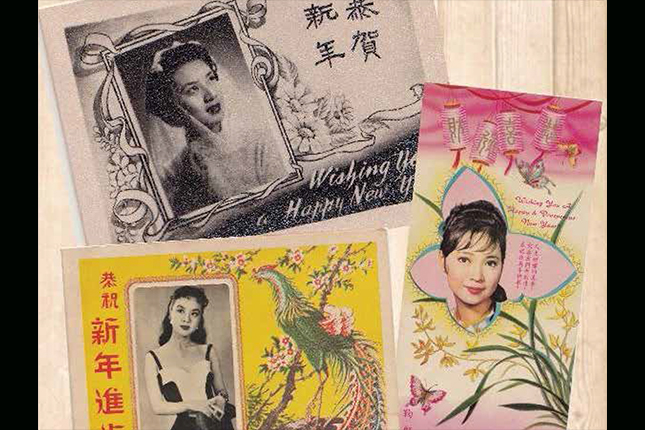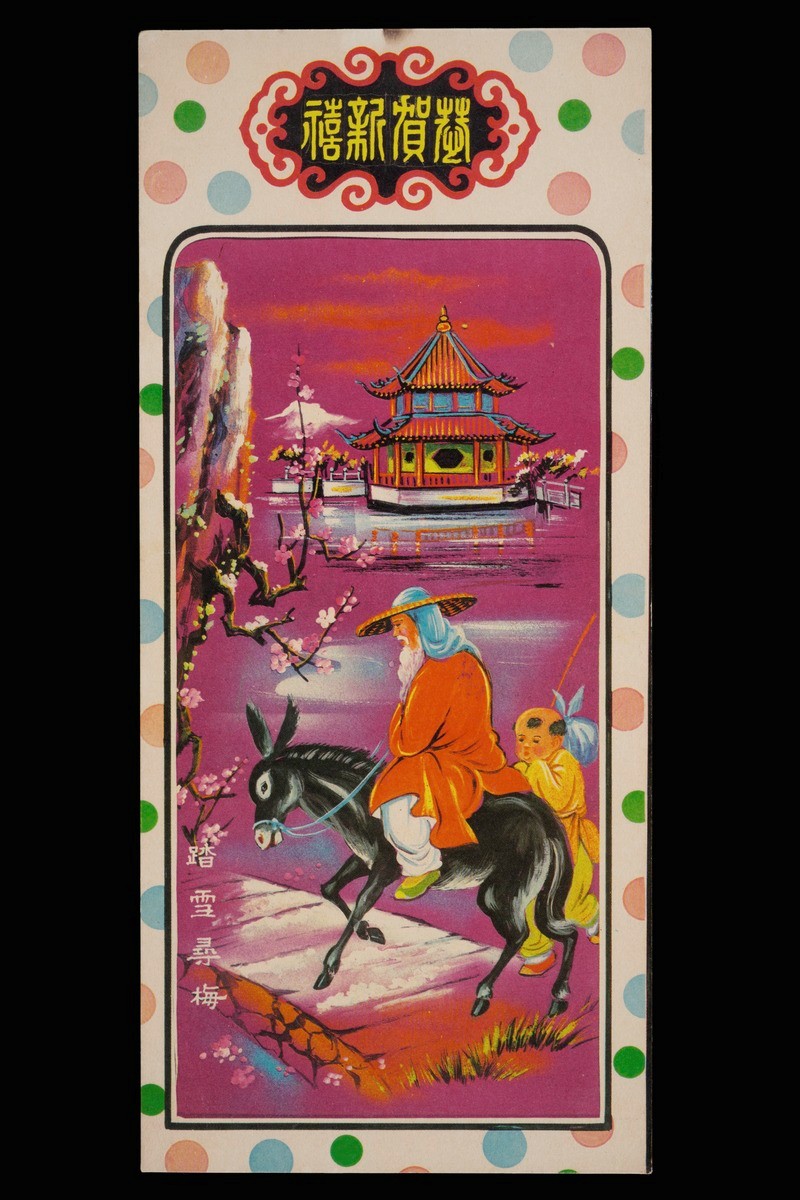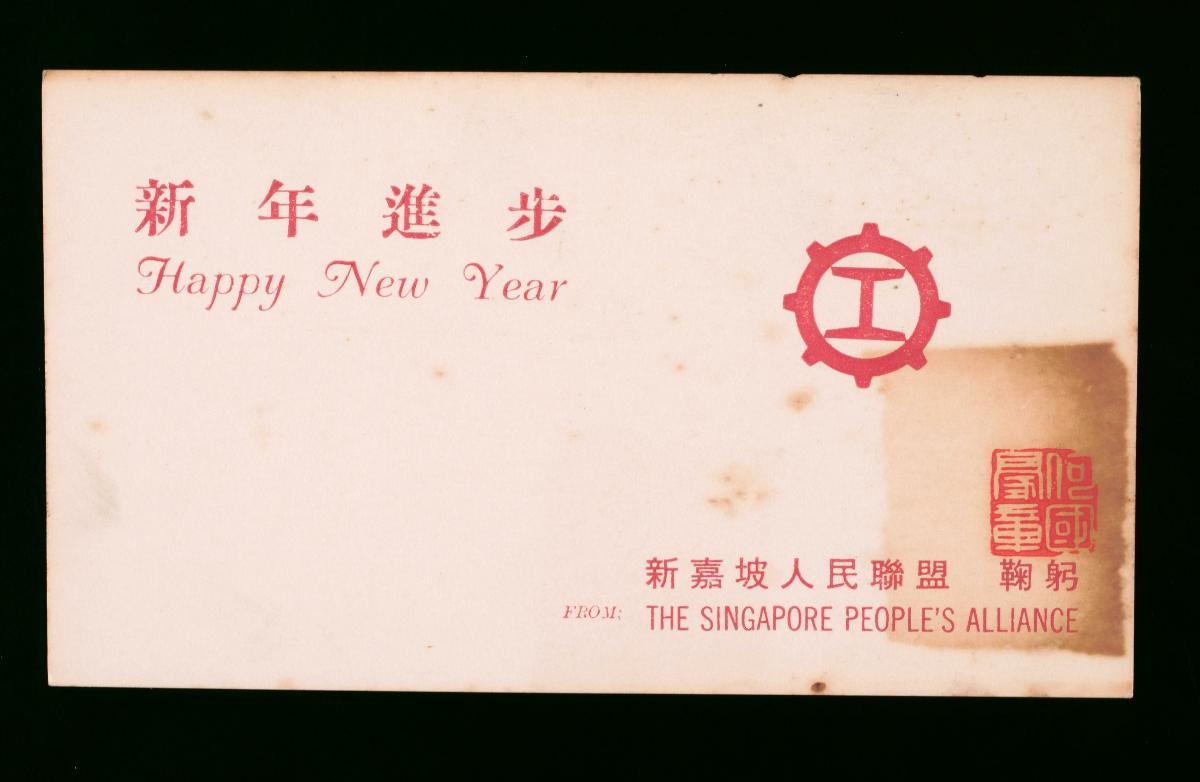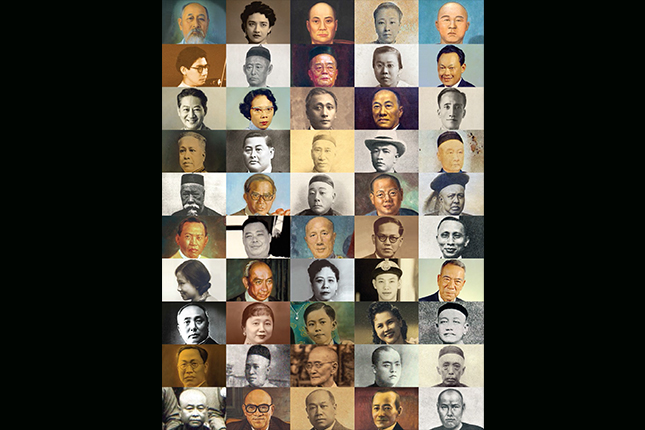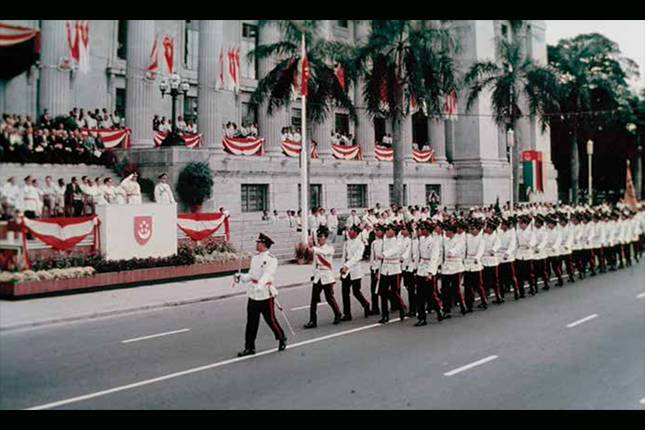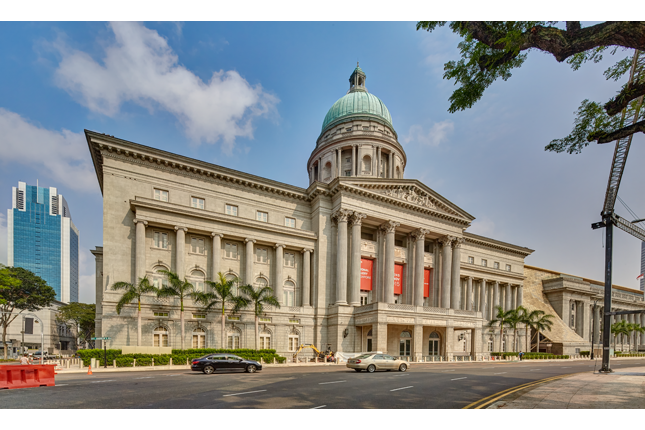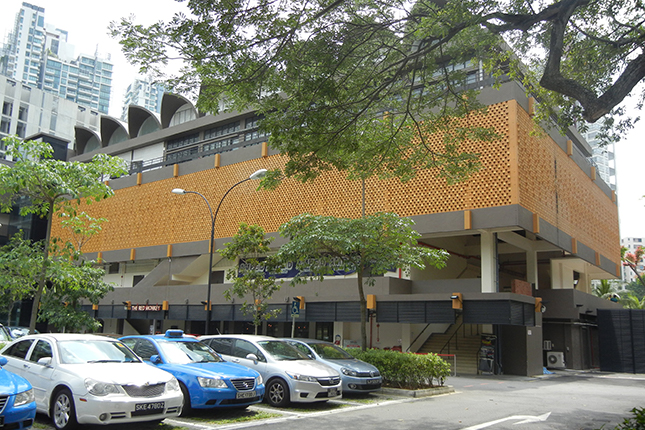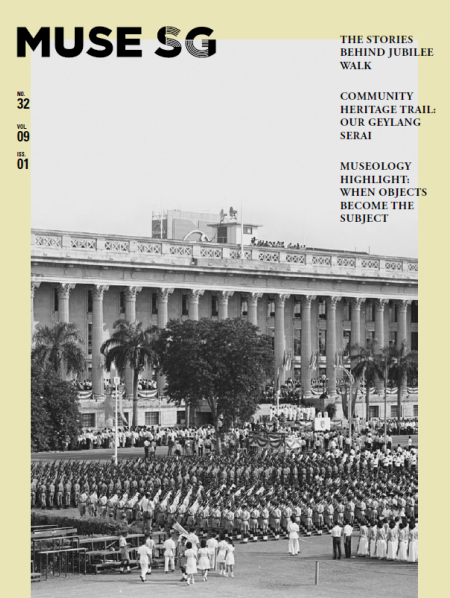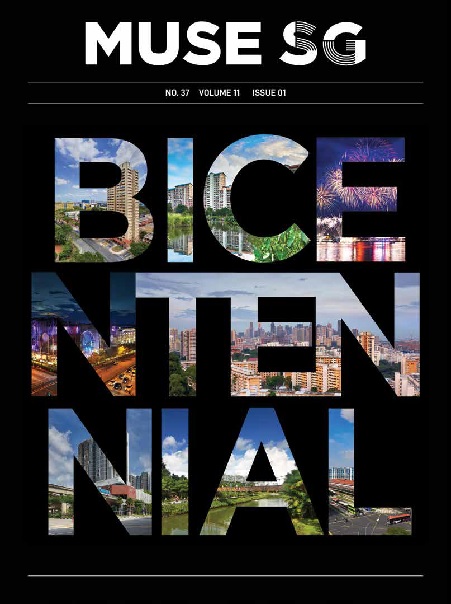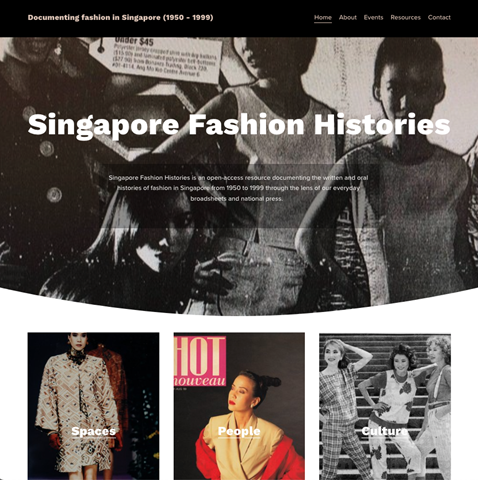Text and photos courtesy of Tan Kei En Joel
MuseSG Volume 9 Issue 1 - Jan to Mar 2016
Technology advancement has brought about an increased popularity of emails and e-cards in place of traditional greeting cards. In today’s society, Chinese New Year greeting cards are on the verge of extinction, with only seniors and some organisations keeping the practice alive. Sending Chinese New Year greeting cards is now often perceived as an old-fashioned afterthought.
Yet, an interesting trivia is that sending Chinese New Year greeting cards was the “in” thing in Singapore in the sixties. Posting Chinese New Year greeting cards was once a popular practice, regardless of one’s economic and educational background, gender or social status. The popularity of Chinese New Year greeting cards then, along with its wide audience and variety, reflects a great deal about the rich cultural history of Singapore in the sixties.
In an era without mobile phones, postal delivery was the most common channel of communication. Sending Chinese New Year greeting cards through the mail was one of the ways of showing 礼 (courtesy) to one’s friends. Greeting cards from that period contained beautiful poetry that conveyed well wishes for the receiver, regardless of the cards physical sizes. The usage of words such as 我们 (we) indicated a form of togetherness, mutual support and companionship in welcoming a brand new year.
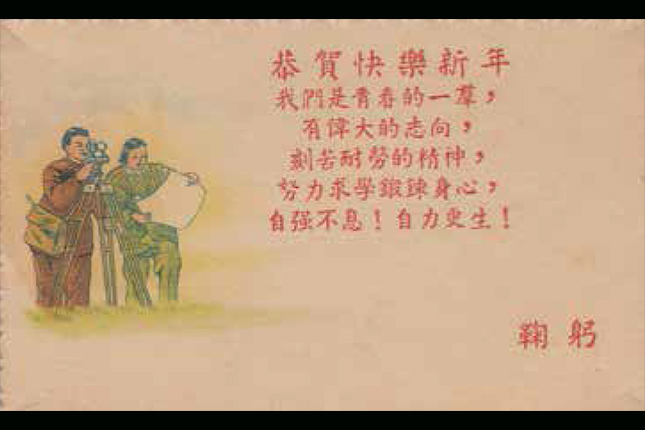
There used to be spaces provided in greeting cards that allowed senders to insert their own photographs, adding a personal touch to the cards that demonstrated a deeper level of sincerity.
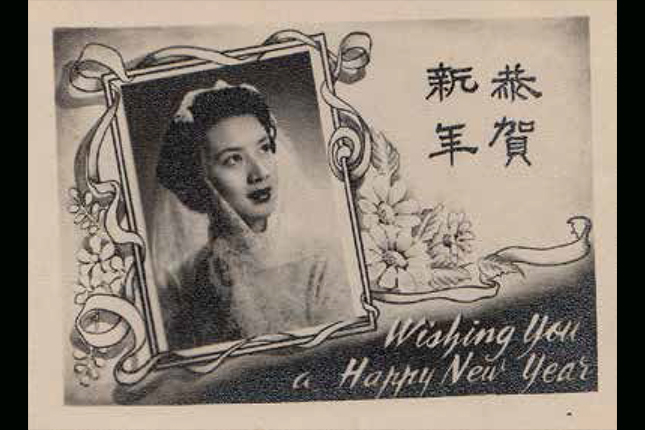
More significantly, the Mandarin characters 鞠躬 (bow) were printed in all the cards, referring to the sender taking a bow to symbolise politeness and respect for the recipient.
The sending of these greeting cards was once a show of the senders’ appreciation for the relationship with their recepients. During the sixties, Chinese New Year greeting cards were cheap and affordable, at about 10 cents each. Notably, the usage of typewriters or the engagement of printing service providers was common, to insert names directly and more efficiently on card printouts – this signified the large numbers of New Year cards that were sent out by individuals then.
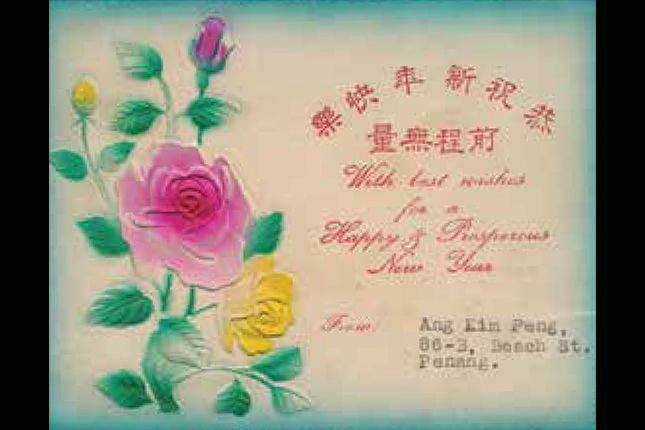
These practices suggested that there were numerous greeting cards sent by the more affluent, or those wishing to maintain a wide relationship network, which contributed to the growth of the popular practice. Through mutual exchanges of greeting cards, friendships and business relations were renewed annually. The sixties in Singapore may have been a period of rapid change with industrialisation, development of modern housing and the decline of villages, but cultural ties were maintained and we were socially tightly-knit.
The young adults of the sixties were often educated in the fifties, a period in which the percentage of students in English and Chinese streams were relatively similar: 47.4 percent in the English stream and 45.9 percent in the Chinese stream. Chinese New Year greeting cards were used by both the English- and Chinese-educated population in Singapore then, with the two different social groups sharing a common practice. While different cultures took root among local populace in the sixties, Chinese New Year greeting cards began to include English translations of Chinese poetry, indicating their common audience of Chinese and English readers.
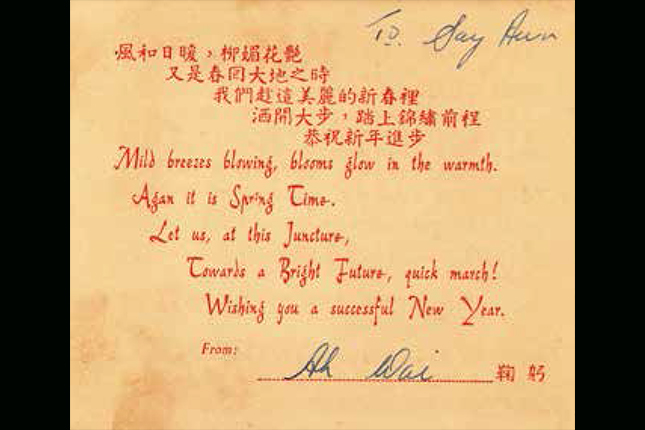
Additionally, students who were educated in English streams were also trained in a second language through Language Exposure Time (LET) and the 1966 compulsory second language act. This meant that those who went into the English stream were still in touch with Chinese cultural practices that were already strong amongst the Chinese population. Notably, the romanisation of Chinese names spelt with Hanyu Pinyin reflected how the English-educated Chinese were sending Chinese New Year greeting cards and thus connected with Chinese culture. Common assumptions of a cultural division between the English and the Chinese-educated populace then are thus not entirely true.
Unlike present-day Chinese New Year cards, which only emphasise traditional Chinese culture, Chinese New Year greeting cards back then were a blend of traditional Chinese culture and modernity. Rich traditional Chinese culture were present in three aspects:
- Firstly, the Chinese characters in most greeting cards were in traditional Chinese, with either a right to left text vector or a writing style that starts from top to bottom, echoing traditional Chinese writing styles.
- Secondly, card pictorials included flowers, butterflies and animals such as peacocks, commonplace symbols of prosperity and longevity in traditional Chinese culture.
- Thirdly, the colours utilised in these greeting cards were warm colours such as yellow or pink, symbolising peace in traditional Chinese culture.
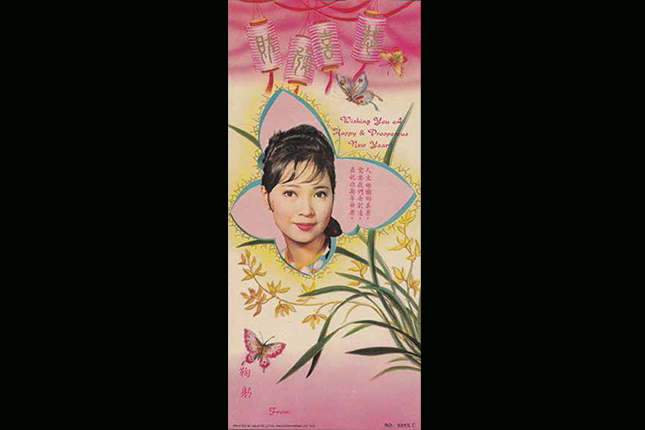
Yet these rich traditional Chinese components were placed alongside modern elements. Chinese New Year greeting cards in the sixties often included pictures of famous Hong Kong pop stars and Mandarin pop song lyrics. The incorporation of these stars and their songs into greeting cards and their desirability as gifts indicated the popularity of these Hong Kong stars among the local population in Singapore. Modern ways of dressing, in terms of hairstyles and fashion, thus enter the society through the emulation of these popular stars.
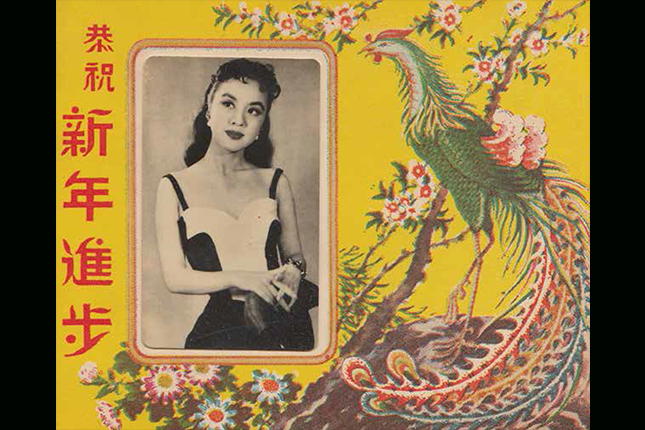
Young Singaporeans of the sixties began adopting Western clothing and embracing a modern identity. This phenomenon is represented by the women in image 8, who wore Western dresses instead of traditional cheongsams. This embracement of modernity was largely influenced by the historical context of Singapore in the sixties. The export-oriented economy inevitably exposed Singapore to cultural influences from other emerging economies such as Hong Kong. Furthermore, the need for a strong workforce invited men and women to step into the working world. This empowered women to have higher purchasing power, affording them choices in asserting their modern identities through the consumption of popular music and Western clothing.
The blending of traditional and modern elements in Chinese New Year greeting cards of the sixties reflected how tradition and modernity were not at odds and often co-existed. When examined closely, Chinese New Year greeting cards that were popular in the sixties reflected the social and cultural aspects of the times that may not be known to many.
These cards reveal a dynamic society that was united in a common culture of social exchanges. Singaporeans did not compromise traditions in their acceptance of modernity; despite differences at many levels, we were undivided in maintaining a culture that embraced a modern identity alongside the remembrance of tradition.




